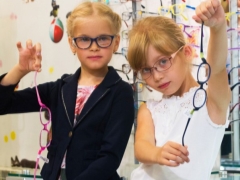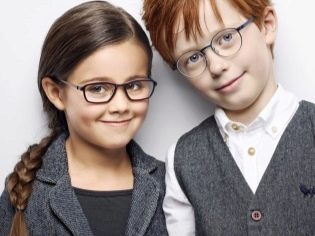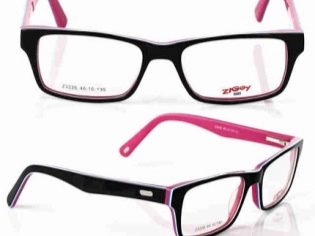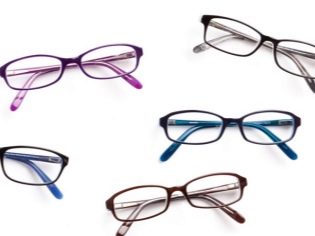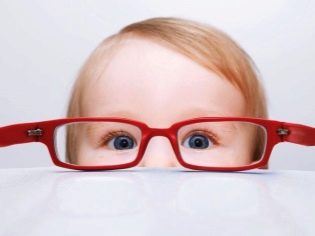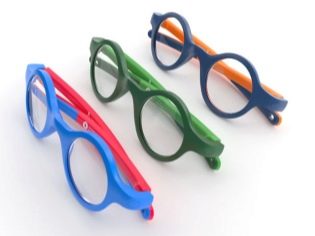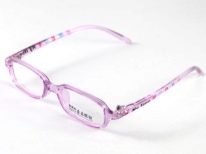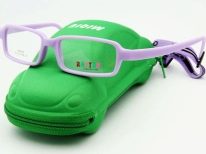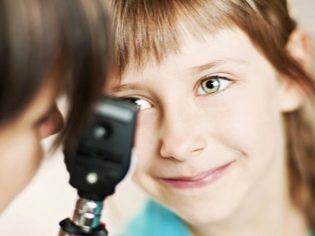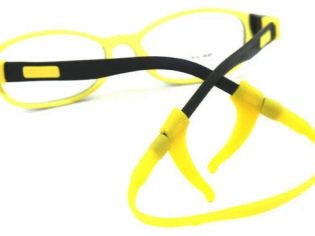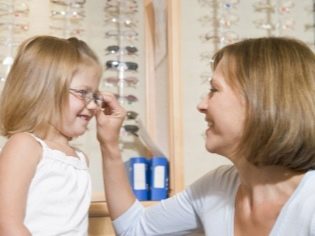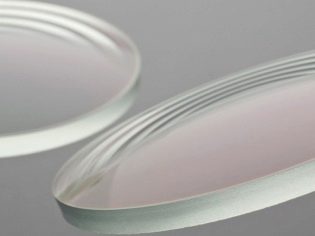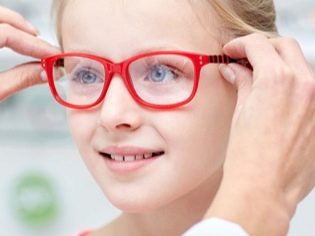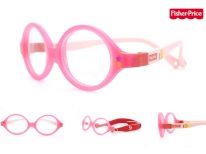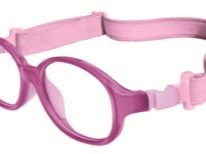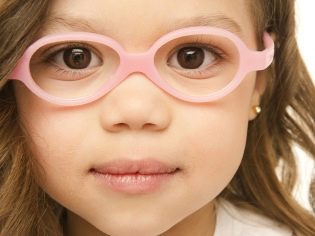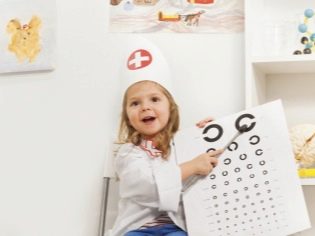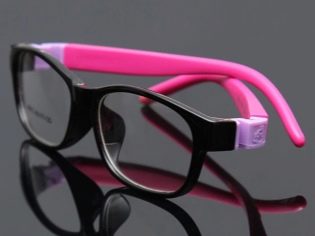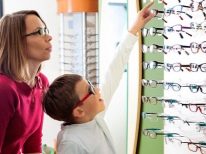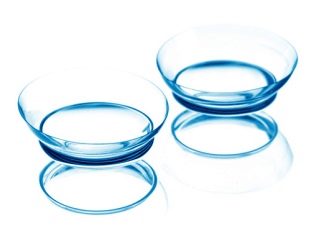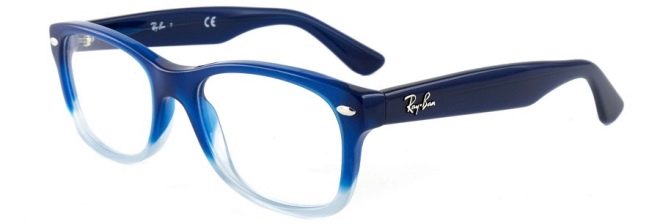Children's medical glasses
Glasses for a child with visual impairment is not only a correction of visual acuity, but also an important factor determining the further personal development.
The ophthalmologist prescribes glasses if the child has a high degree of myopia (myopia), hyperopia, astigmatism, strabismus, and amblyopia.
Wearing glasses in such cases should be permanent. Firstly, they help the child to see better, and secondly, they have a certain therapeutic effect.
What should be the first thing to pay attention to when choosing medical glasses? What problems can a child face in the process of getting used to wearing them constantly and how can these difficulties be avoided? We will understand in order.
Special features
When the diagnosis has already been made and the doctor has written a prescription for glasses for the child, parents should seriously consider their selection and the implementation of all the recommendations of a specialist. After all, it depends on their care and patience: whether the disease will progress or will remain only a brief mention in the children's outpatient card.
There are a number of aspects that significantly distinguish children's medical glasses from adults. First of all, they have different purposes. The child constantly wears them, so that over time his vision will be brought to 100% or to the maximum possible rate for his diagnosis.
The earlier the pathology is identified, the more likely it is that the treatment will be relatively short-lived and more effective. Points can be assigned by an ophthalmologist to a child of any age.
Full vision is important especially for children of early preschool age, since it is not only one of the types of perception of the surrounding reality, but also an important factor affecting the speed of development of mental abilities. A child whose parents condone his unwillingness to wear glasses may lag behind their peers in development, and he may later have difficulties associated with social adaptation. Therefore, timely treatment and strict implementation of all the recommendations of the doctor are able to ensure the baby a full development and positive perception of the world full of bright colors.
The decisive role in whether a child willingly wearing glasses without reminders or wearing this accessory will turn into a real torture for him completely depends on the attitude of the parents to this problem. If mom and dad are positive, support the child and do not resort to coarse violent methods, teaching their disobedient child to the glasses, then during the treatment period the child will feel comfortable, which will positively affect the results of therapy.
If any difficulties arise in the process of selecting medical glasses or teaching the child to wear them permanently, it is necessary to seek additional advice from an ophthalmologist and a child psychologist.
The doctor can recommend the salon of optics and the model of glasses, which is most suitable for your child, and the psychotherapist can help to overcome the problems caused by the need to constantly wear glasses.
Tips for choosing
One of the most important criteria for choosing medical glasses for children is safety.It is necessary to acquire the most durable product, since children, especially small ones, may be hyperactive, and if the lenses or the rim are not strong enough, then the risk that if you accidentally fall, the child will receive a dangerous injury. So, the choice should be guided by the following points:
- Material plays a big role. The most durable models are made of titanium and Kevlar. Also durable are glasses equipped with flex joints, the presence of which indicates the high quality of the product. When buying children's medical glasses should find out whether the material from which they were made cause an allergic reaction in a child.
- One of the latest developments in the field of optics - children's polyolefin medical glasses. This material has a unique plasticity. The glasses made of this polymer are monolithic and do not have metal parts in the fastening areas. Therefore, such products carry the lowest risk of traumatizing a child, especially when it comes to very young children (under 1 year).
- Another important quality that good children's glasses should have - ease. When they are too bulky, the child feels uncomfortable. He will constantly try to remove them and all the persuasion of parents in this case will be meaningless. The frame should fit, not squeeze the temples or nose. It is also necessary that the glasses are well kept and do not fall even with sudden movements of the head. Of course, you need to take into account the personal feelings of the child - it should be as convenient as possible. Perfectly matched glasses are those that the child does not feel at all.
- If the child was prescribed glasses with a large number of diopters, then The frame should not be massive - This will help avoid distortion of the lens on the periphery. In the process of buying, you can use the advice of the sales assistant and choose a frame that visually makes the thickness of the lenses smaller.
- Also much attention should be paid the choice of cover or case. School-aged children usually carry them in backpacks or with a bag along with textbooks and other school supplies. Therefore, the case must be strong enough to protect the product from accidental damage and close tightly.
- Over time, the face of the child changes quite strongly. In order for the glasses to sit properly and not cause any discomfort while wearing them, they must be replace annually (after a routine examination of the child by an ophthalmologist).
- Of course, The frame is always selected individually. When the child will measure your favorite model, you should pay attention to how the crossbar sits on the nose. If there is visible space between it and the nose, the glasses that are already ready will, under the influence of the weight of the lenses, slide down from the nose bridge downwards and the child will have to correct them all the time.
- An important role in the selection of high-quality children's glasses plays view of the ear hooks. They can be standard and elastic. Experts recommend that active children of different ages and even tiny ones choose models with as long as possible elastic temples that will ensure reliable fixation of the structure even during outdoor games. If you prefer to buy glasses with earbuds made of metal, then they need to pick up special tips that will protect the area of children's delicate skin behind the ears from constant traumatic friction.
- At the time of purchase should be borne in mind that in properly selected children's medical glasses the center distance must match the distance between the pupils of the child. This will further affect the quality of therapeutic action and sensation when worn.
One of the important criteria in the selection of children's glasses - is the strength of the lenses, so you should pay attention to what materials are they made of:
- High strength and anti-shock properties have optical lenses from polycarbonate and triivex. Polycarbonate lenses, having a high level of protection against impact, are quite light. The material is insensitive to almost all types of mechanical damage, so scratches are rarely seen on such lenses. In addition, polycarbonate lenses have a protective layer that protects the eyes of the child from excess portions of ultraviolet rays.
- Optical lenses made of triivex, not inferior in strength polycarbonate counterparts. They also have a high level of UV protection. Such lenses are great not only for simple but also for sports models. Children involved in any sport, or loving outdoor games, have a higher risk of injury. Therefore, for such children, it is necessary to choose optical lenses with a large vertical, since upon impact the pressure will be distributed over the entire surface of the lenses, rather than concentrating at one point, which will reduce the risk of injury to the children's eye.
Now let's talk about the subjective qualities of glasses, which are no less important when choosing the right model. At the time of purchase, Do not neglect the opinion of the child. The older he is, the more painful he may feel about the need to constantly wear glasses. This is especially true of girls in transition. If your son or daughter will not perceive them as a stylish accessory, but as something that negatively distorts their appearance.
This may cause the appearance of many additional complexes and, as a result, a deterioration of the situation in the social environment, be it a school or a kindergarten.
Popular models
Now there is a huge variety of branded models of children's glasses for sight. They are made with all the basic requirements of safety and comfort, and also correspond to the latest trends in children's fashion.
The most popular brands in the optics market Fisher Price and Silicone baby. These famous companies produce glasses for children of all ages. The materials from which the glasses are made are safe even for the youngest children, are rather plastic and do not cause allergic reactions.
Frames for one-year-old children on a silicone basis are in special demand. This is due to the fact that such products are durable and comfortable to wear.
Girls, especially in adolescence, are more scrupulous about the choice of points. Often when choosing a frame, they are guided rather by their aesthetic properties. Glasses must be fashionable, bright, fit their type of person and fit the style of clothing. For boys, quality products will be the acquisition of brands Nano NAO and New York. Features of the design and the material used in the manufacture of these products, allow the child to be active and feel comfortable.
It should be emphasized that children with very poor eyesight need to get a spare pair of glasses in case something happens to the first one and they become unusable. When buying children's glasses, the seller should give a number of recommendations for the use and care of the product.
If the child does not want to wear glasses
Many parents face the problem of persistent unwillingness of the child to wear glasses. This may be due to different reasons. Most often this is due to the banal fear of something to stand out in a peer group. Girls, especially when entering the pubertal period of adulthood, may perceive the need to constantly wear glasses as a personal tragedy, believing that in this way their appearance is significantly distorted.
In this case, it is important for parents to persevere and patiently conduct psychological workaimed at adapting to the current situation. In no case can not be rude to the child, trying to force him to wear glasses he hated by violent means.
With this behavior, you risk a psychological trauma for your child, ruin his relationship with him, and also prevent him from wearing glasses for his whole life, which will have an extremely negative effect on his health.
First, calmly try to explain to him that the quality of his life will change for the better: he will feel more comfortable in school, he will no longer have to squint, headaches will go away. In general, the world will sparkle with new colors. If your child is frightened that he may somehow stand out in a team because of his glasses, then it will be better to give positive examples from life. Surely you have a few friends wearing glasses, who at the same time did not become a target for ridicule of others. Tell your child that many famous people from the world of cinema and show business are forced to wear glasses, but at the same time they look attractive and are an example to follow for many people, including those for your peers.
Try to captivate the child by choosing a frame design. Give him the freedom to choose. Let him rejoice fashionable glasses as a pleasant new thing.
If your child forgets to wear glasses regularly or is lazy to do it, then you should gently remind him about it. Do not fall for whims and persuasions. Be delicate, but firm in the intention to teach a child to glasses. You can order a pair of contact lenses in addition to glasses. Many children prefer them as an alternative to the constant wearing of glasses.
If it seems to you that the situation is approaching a critical level, and your child is extremely adamant about wearing glasses, then consult a child psychologist. He will be able to correct your behavior and set the child up to a positive attitude towards glasses.
How to teach a one-year-old child to use an accessory?
If an ophthalmologist was diagnosed with a one-year-old child and glasses were written out, then the parents of the baby need to be patient and prepare that the process of teaching him to wear them permanently will be laborious. At first, of course, the child will try by all means to pull an object unfamiliar to him from his head. The main thing for parents is not to lose composure and not to go on crying.
There are a number of simple techniques that will help the child painlessly and in a shorter period of time teach him to wear glasses:
- Put the glasses on the child and bring him to the mirror. Let him be interested in his reflection. At the same time, praise him as gently as possible.
- Getting used to the unusual accessory should not be sharp. No need to force the child immediately after purchase to wear them all day without removing.
- Children love to repeat everything for adults. Put on your glasses for a while.
- When you put glasses on the baby, try to distract him immediately with something interesting. Let him forget about them and, thus, no longer feel discomfort.
Thus, in the process of teaching a young child to constantly wear glasses, patience and unfeigned attention from parents are crucial. Remember that your efforts will come true - the reward for the work will be the good vision of your baby.
In the next video, a pediatric ophthalmologist talks about the proper selection of medical frames for children.
